
- Small Oil Pressing Machine - Leader Machinery
- Industrial automatic continuous fryer Soybean Oil Plant
Home> Company News> Effect of Microwave Drying on the Composition of Sunflower Oil Seeds
- Address3rd Road, High-tech Zone, Jinan City, Shandong Province
- Factory Address3rd Road, High-tech Zone, Jinan City, Shandong Province
- Worktime9:00--18:00
- Phone(Working Time)086-0531-885125
- Phone(Nonworking Time)086-0531-881256
- Fax086-0531-885125
Effect of Microwave Drying on the Composition of Sunflower Oil Seeds
2018-10-30 15:30:43China's sunflower oil is harvested during the rainy season, and the newly harvested sunflower oil has high moisture, which is easy to cause fever, rancidity and mildew. The microwave drying machinery technology can quickly reduce the moisture of sunflower oil seeds and ensure the quality of sunflower oil.
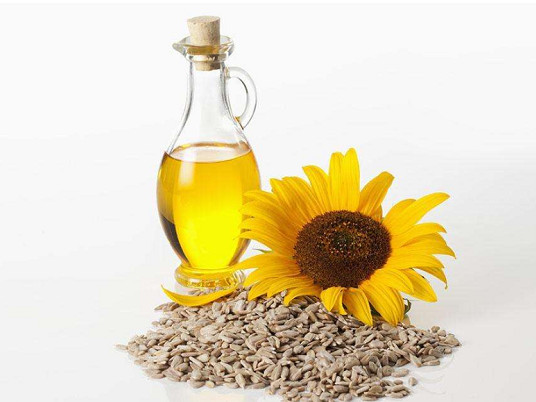
Microwave drying is characterized by time-saving and high efficiency. Microwave-dried sunflower oil can directly penetrate into the interior of the oil, so that the internal and external moisture can be vaporized at the same time, so the drying speed is fast, which helps to improve the drying efficiency. Due to economic, technical and safety issues, the development of microwave drying technology is slow.
Microwave drying has many application studies in the food field, indicating that it is feasible to apply microwave technology to the drying of sunflower oil.
The main harmful component in sunflower seeds is glucosinolate, a glucosinolate, whose molecule is composed of a glucosyl group linking a non-sugar moiety (aglycon) and a glucose moiety, and a granule of a potassium salt or a sodium salt is present in the cytoplasm of the embryo. It is currently found that there are more than 90 kinds of glucosinolates in rapeseed. The glucosinolate itself is not toxic, but under the action of microwave, after the change of the structure of rapeseed, it can be hydrolyzed under the action of the mustard enzyme contained in the sunflower seed to produce isothiocyanate, thiocyanate and oxazolidine. , Nitrile and other harmful products.
Solid Phase Microextraction (SPME) is a new pre-analytical processing technique that combines sampling, extraction, concentration, and injection. Gas Chromatography-Mass Spectrometry (GC-MS) combines chromatographic separation techniques with qualitative analysis of mass spectrometry. The analysis of multi-component mixtures shows unique advantages and can retrieve dozens or even hundreds of compounds in a short period of time. .
The combination of solid phase microextraction and GC/MS can effectively analyze trace organic substances in samples, with good repeatability, simple operation, accurate analysis and high speed. Some applications have been applied in the field of grain and oil. Such as rice, wheat, buckwheat, sunflower seed processing. The application of this method to the analysis of volatile components of sunflower seeds has not been reported. Using solid phase microextraction-gas chromatography-mass spectrometry to analyze volatile constituents, a new method for rapid evaluation of sunflower seed dry quality can be explored, which provides a theoretical basis for finding the optimal drying process for sunflower seeds.
Sunflower seeds were dried to 5 % of the same water content by 5 different microwave powers. With the increase of microwave power, the drying time was significantly shortened and the drying rate increased.
After microwave drying, except for the low-power 110 W microwave drying, the rapeseed still retains part of the germination ability. The sunflower seeds after high-power microwave drying have all lost their germination ability, indicating that microwave drying has a significant destructive effect on the vitality of sunflower seeds. Not suitable for drying seeds.
In the power range of 110 to 1 480 W, the effect of microwave drying on the acid value of the oil contained in sunflower seeds is within a reasonable range; in the power range of 1 170 W and below, the microwave power is over the dried sunflower seeds. The oxidation value has no significant effect; after the power exceeds 1 170 W, the oil's peroxide value increases significantly. In the power range of 110 to 1 170 W, microwave drying has little effect on the quality of the oil contained in sunflower seeds.
After microwave drying, the volatile gas component of sunflower seeds contains thiopurine decomposition products, hydrocarbons, aldehydes, esters, alcohols, heterocyclics, ketones, and the like, and the relative contents thereof are sequentially lowered. An increase in microwave power leads to an increase in the relative amount of harmful products produced by the decomposition of glucosinolates.
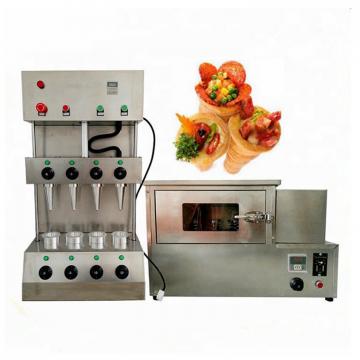 Manufacturing plant automatic factory puffed sticky rice cracker production line
Manufacturing plant automatic factory puffed sticky rice cracker production line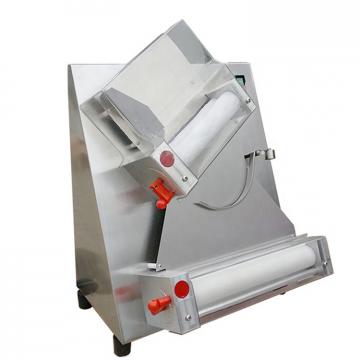 JiaHao machinery PVC Edge Band Sheet Production Line High intensity different color to choose producing PVC edge banging
JiaHao machinery PVC Edge Band Sheet Production Line High intensity different color to choose producing PVC edge banging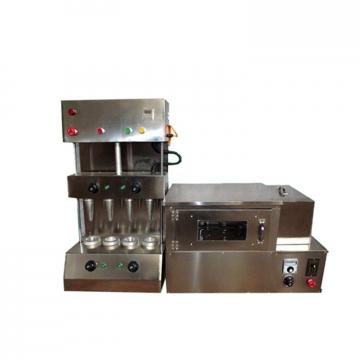 Wholesale products plastic extrusion machine for WPC flooring extrusion line
Wholesale products plastic extrusion machine for WPC flooring extrusion line Best Price Pizza Cone Machine / Pizza Making Machine Production Line
Best Price Pizza Cone Machine / Pizza Making Machine Production Line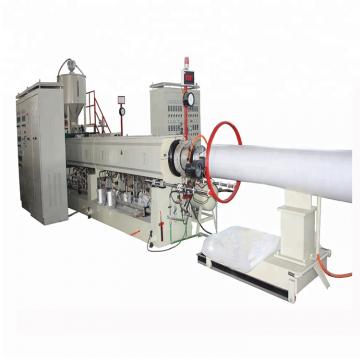 Factory Supply Dough Divider Cutting Dough Ball Pizza Dough Ball Machine/Bread Production Line
Factory Supply Dough Divider Cutting Dough Ball Pizza Dough Ball Machine/Bread Production Line